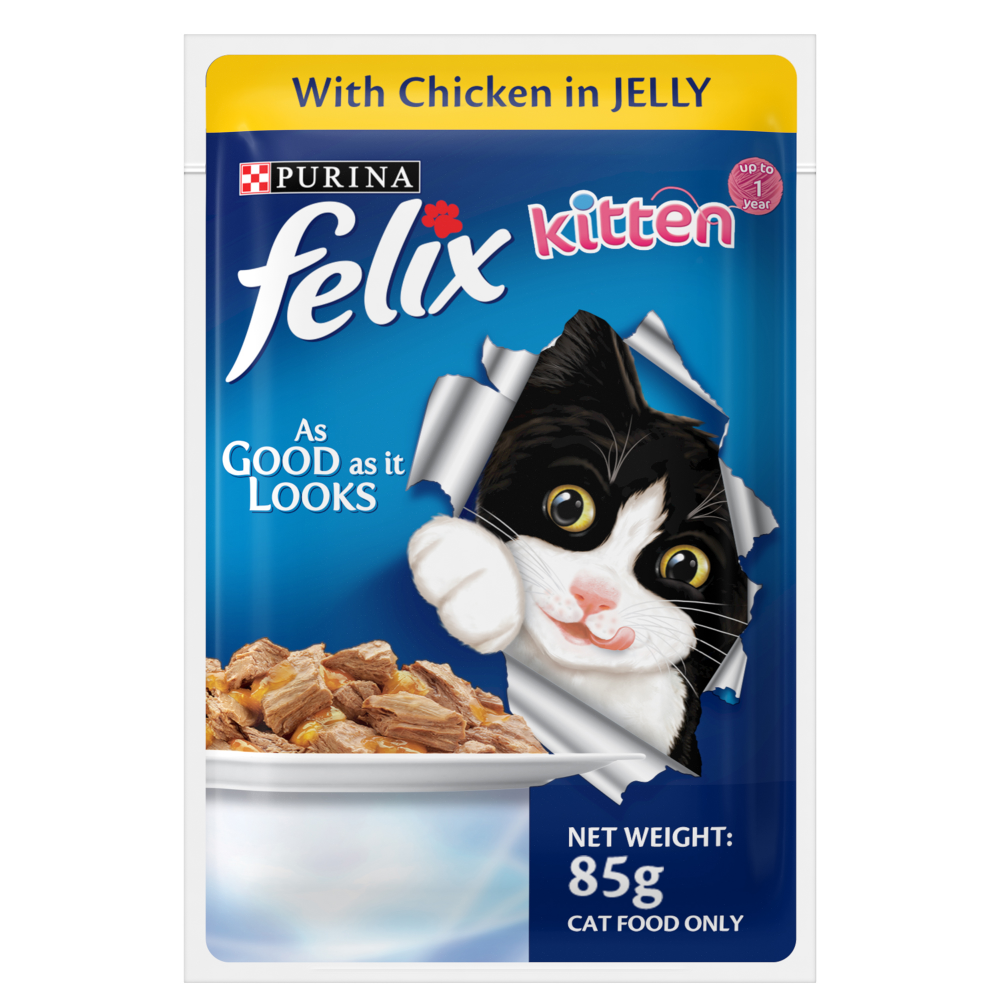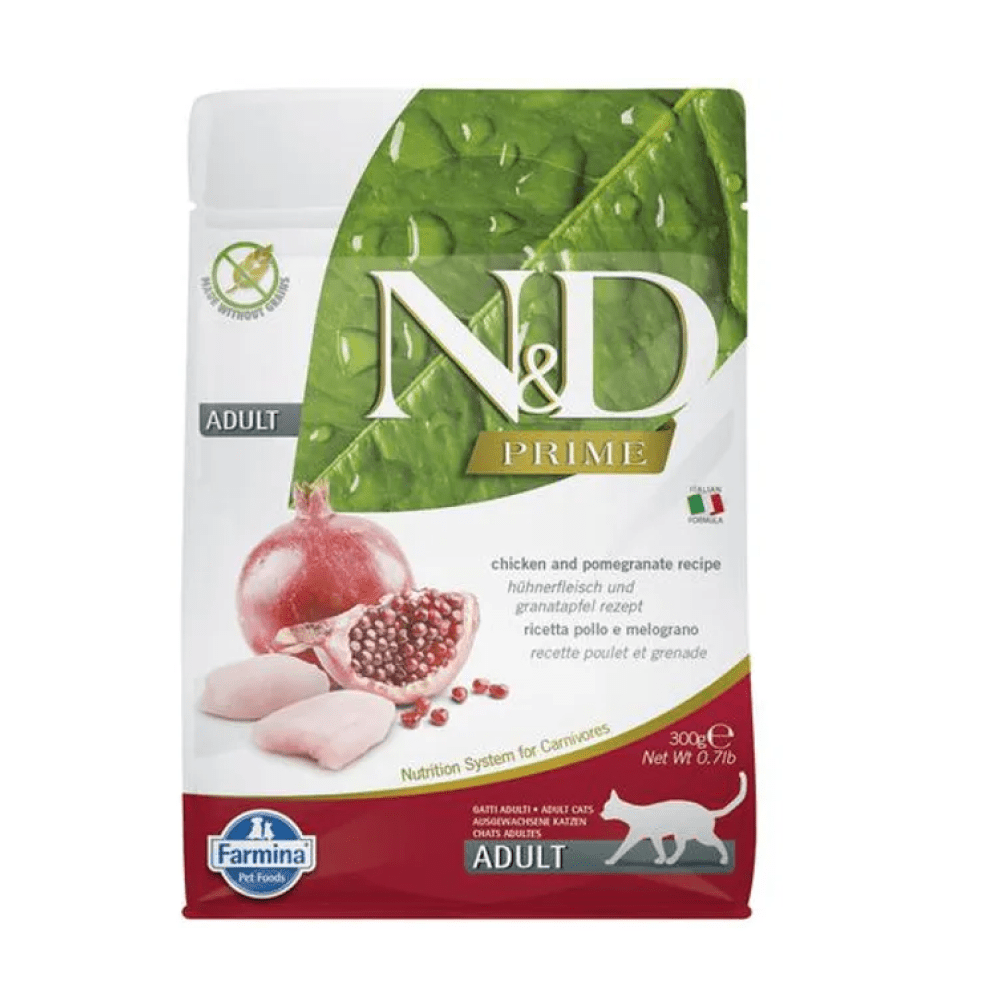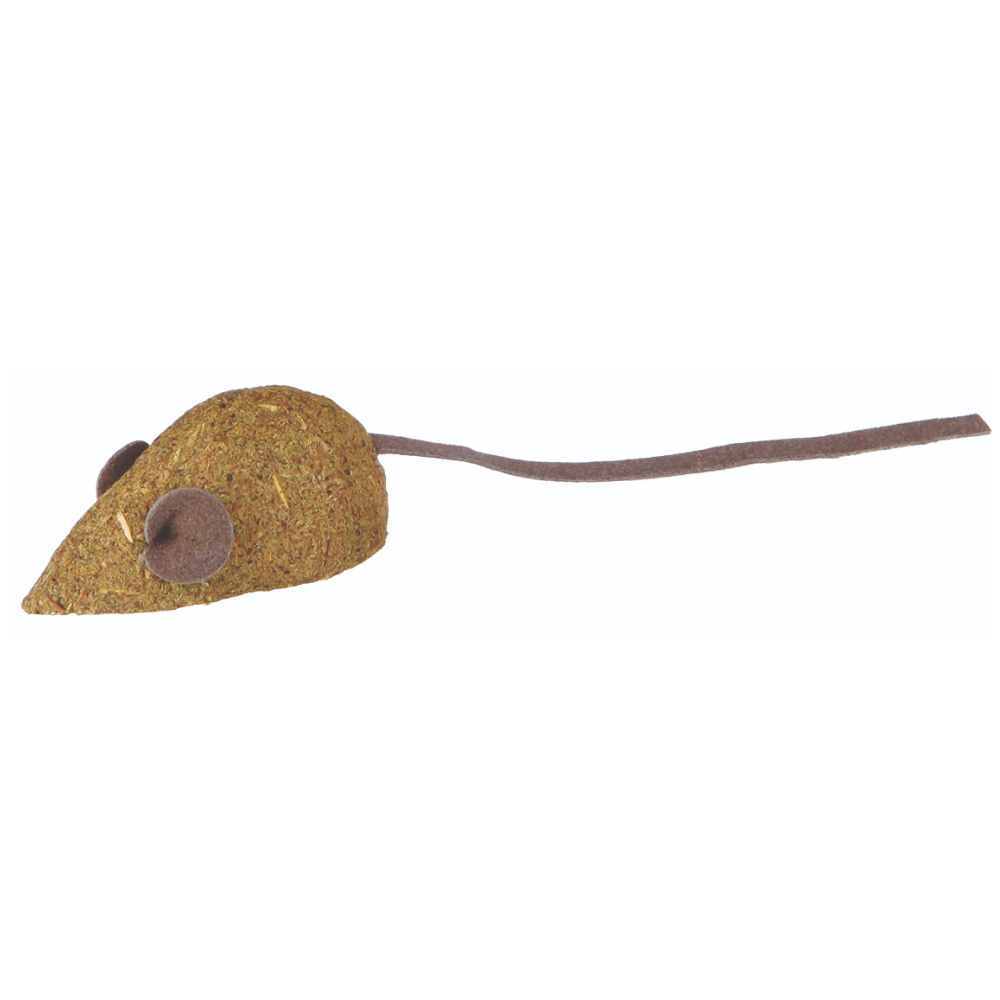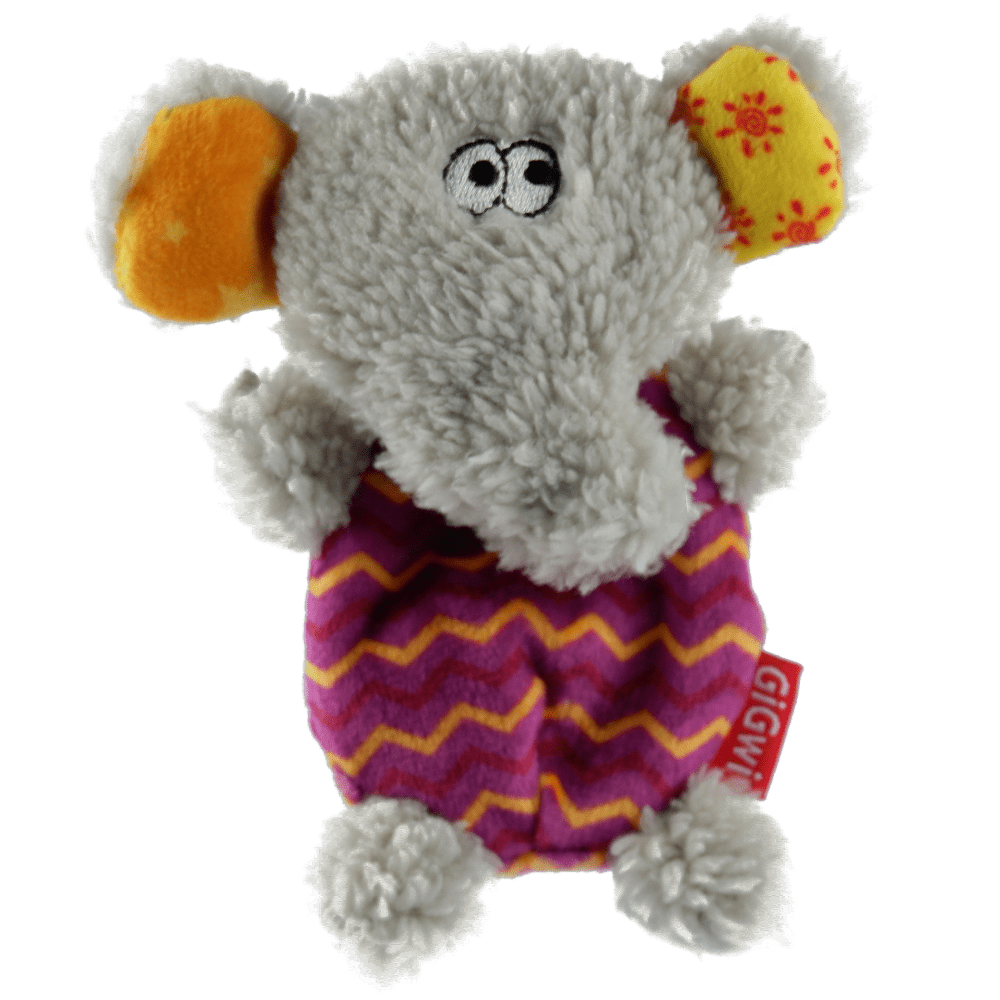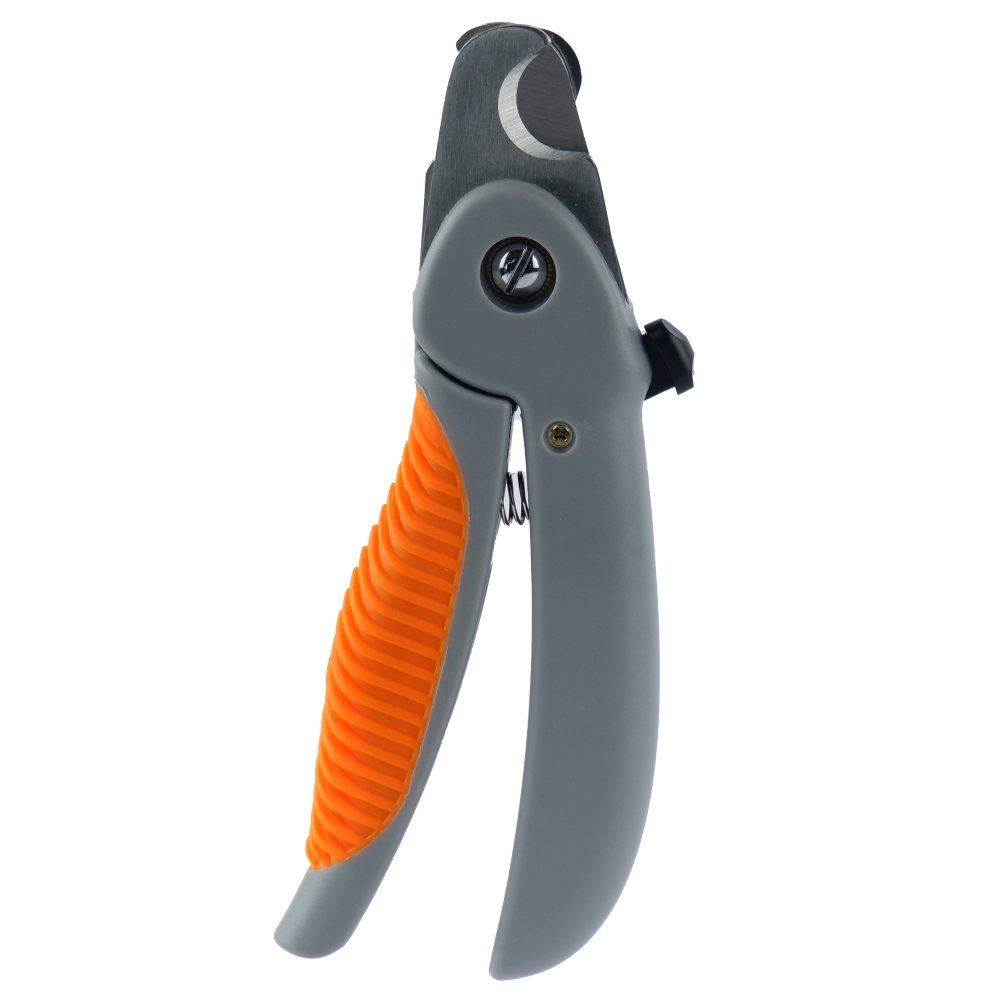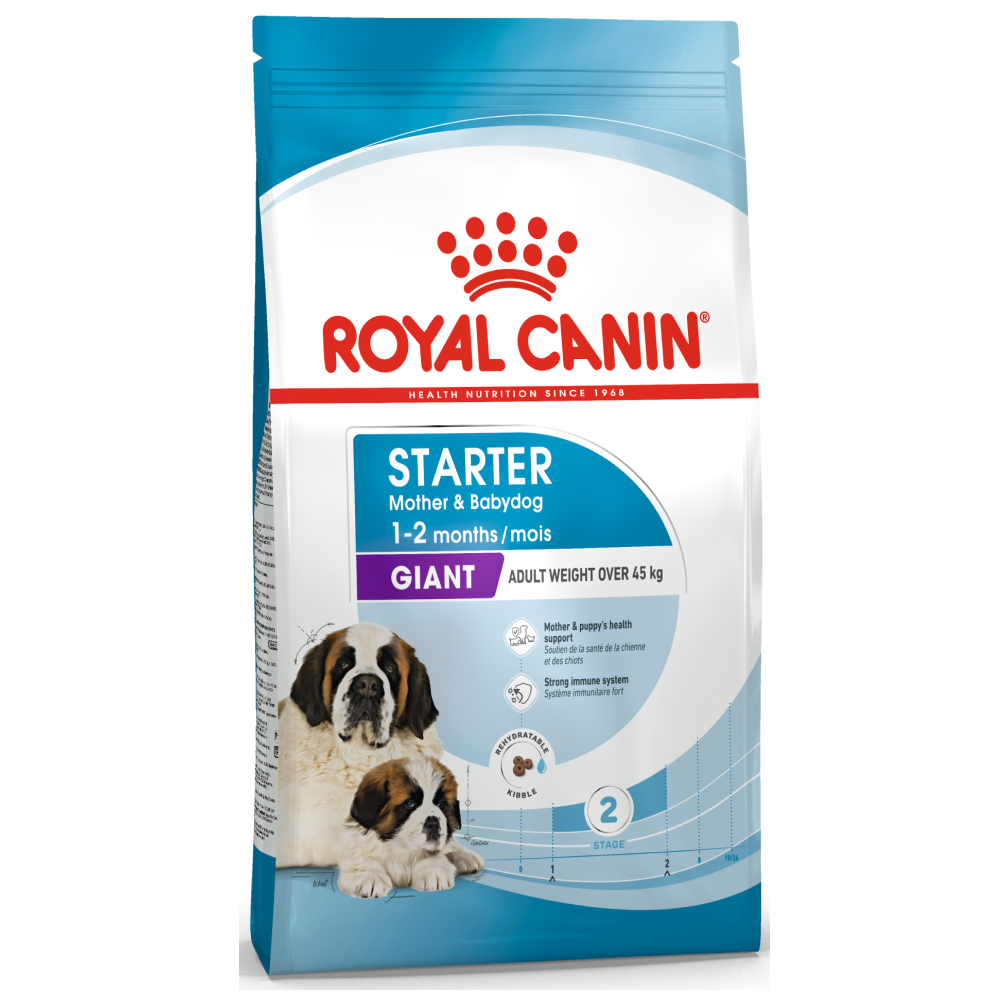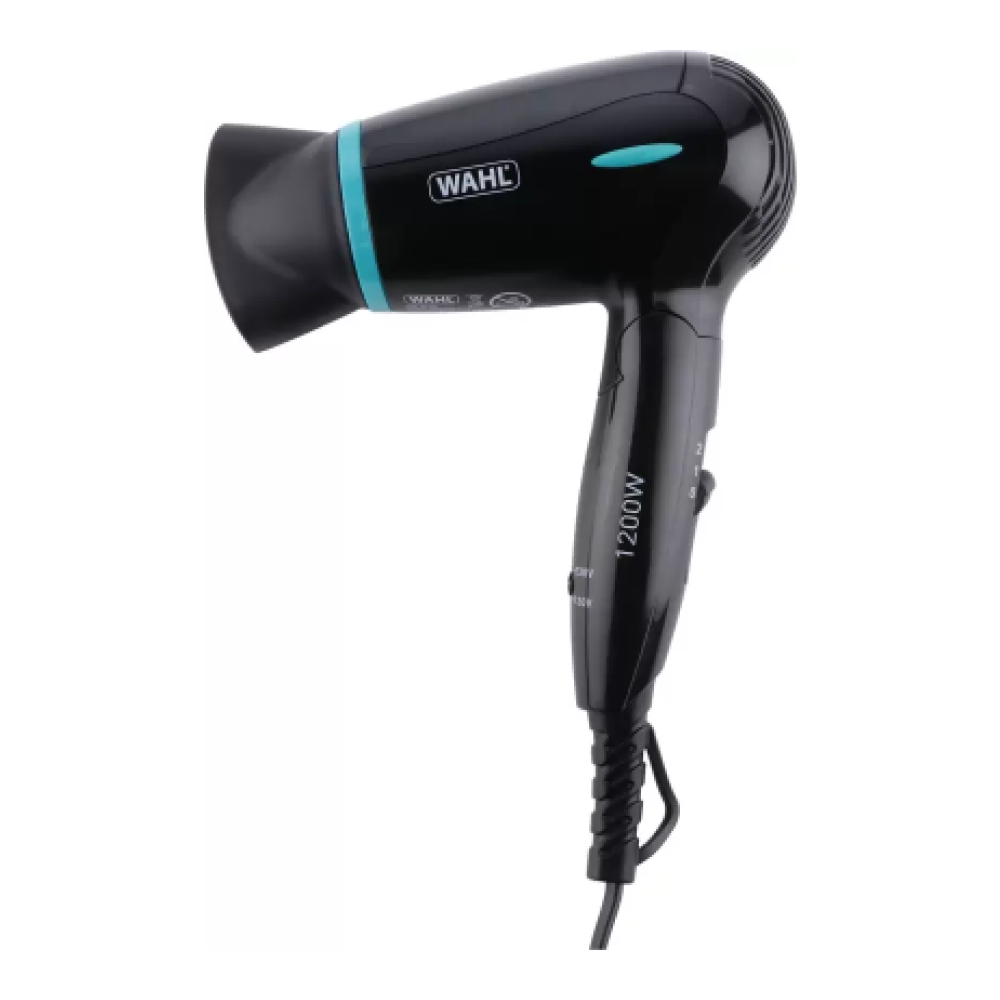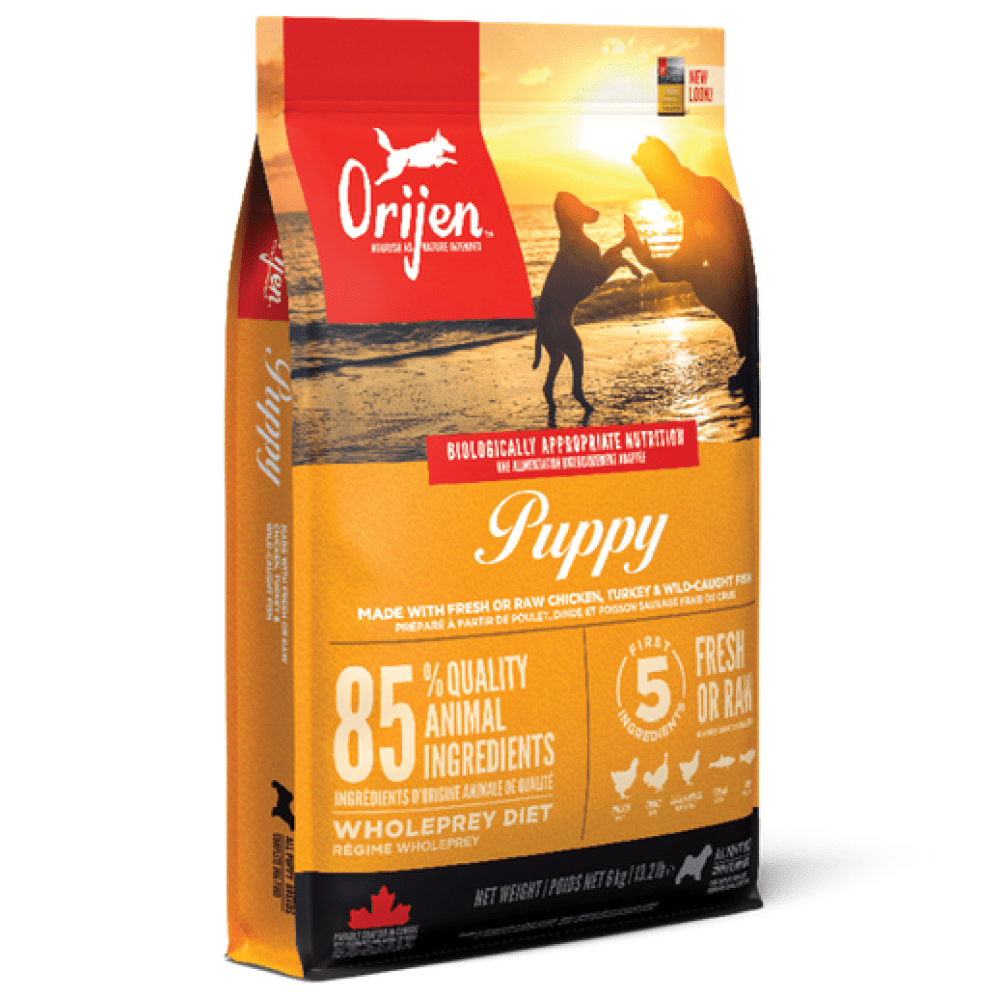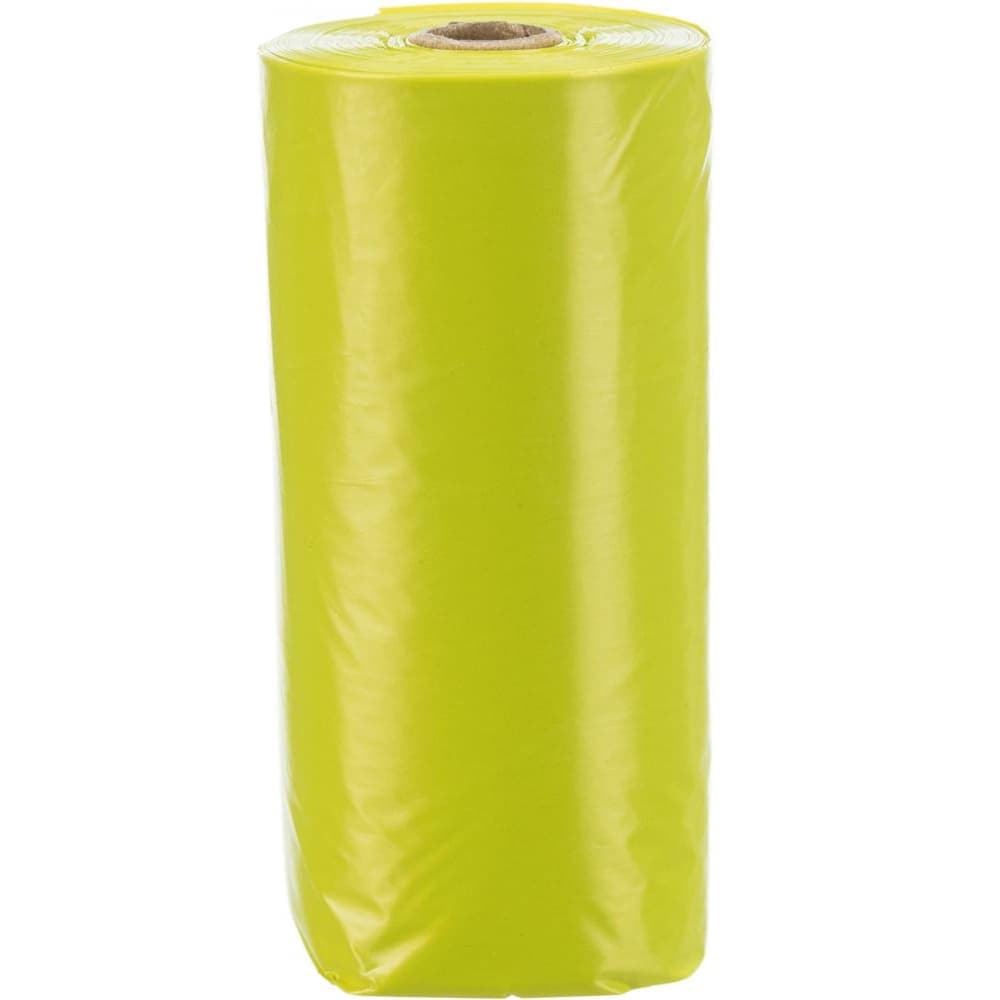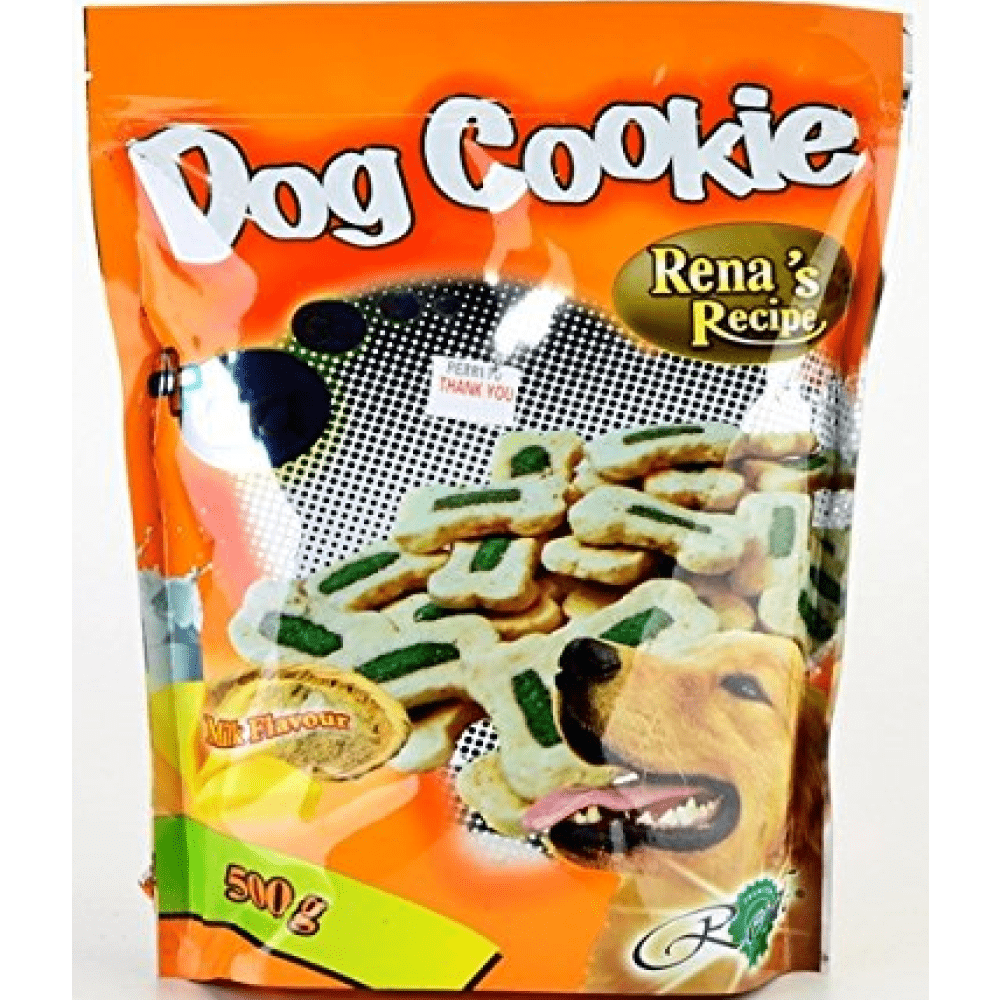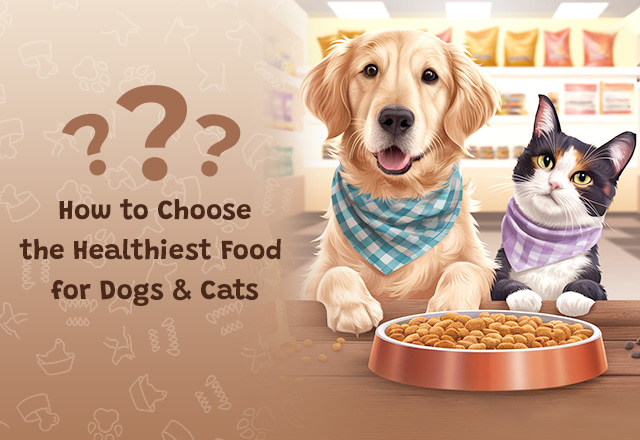
Walking down the pet food aisle or ordering online may feel draining with multiple options. Besides, you know that choosing the right food for your pets is crucial for their overall health and longevity. So, let’s dig into the significance of serving healthy pet food to enhance the quality of life of your furry friend.
This blog will help you provide valuable insights on understanding the nutritional needs of your pets, choosing the correct diet, learning about pet foods, frequently asked questions on healthy pet food and much more.
So, snuggle up with your pooch and dive in!
Understanding what our pet needs
Every pet is unique, and so are their dietary needs. Even though dogs and cats both like meat, veterinarians do not advise feeding cat food to dogs. Similarly, foods designed for dogs do not include taurine, which cats specifically require for good health. Therefore, choose pet food that matches their individual needs. These requirements depend on factors such as pet type, age, activity levels, health conditions, etc.
-
Pet Preferences
Serve pet food related to the pet type and their specific nutritional requirements. Most cats prefer a fish-based diet, while dogs like a meat-based food. Also, you should know your pet’s breed type and their dietary needs.
-
Age
When choosing pet food, considering the life stage of your pet is essential. For instance, puppies or kittens have higher requirements for calcium in their diet. However, senior pets need moderate food quantity and adequate nutrition for joint and heart health.
-
Physical Conditions
In the case of lactating or nursing female canines or felines, they require foods with higher nutritional values. The tailored recipes provide the required nourishment to both mothers and their offspring.
Knowing what’s inside the packet
A pet parent must thoroughly read all the information given on the product label. While choosing the food, one should never miss the following:
-
Ingredients
Carefully read all the ingredients used for making the dog or cat food. For example, some cats are lactose intolerant; so, check if the food has milk-related content. Look for foods with high-quality key ingredients like meat, veggies, fruits, etc., and avoid foods with excessive fillers, sugar, preservatives, or artificial colours.
-
Nutritional Value
When choosing pet food, check for nutritional values of protein, fat, fibre, omega fatty acids, essential vitamins, and minerals.
-
Feeding recommendations
Following the recommended feeding guide is important, as serving the right food in the right quantity plays a significant role in your pet’s overall health. Avoiding these directions may lead to overfeeding or underfeeding.
-
Precautions
With the help of precautions, one can take safety measures effectively and make informed decisions for their pets.
Final words
One of the most important things you can do to ensure your pet's optimum health and well-being is to provide appropriate nutrition. You can guarantee your furry pals have a happy and healthy life by choosing high-quality meals and being knowledgeable about the fundamentals of pet nutrition.
Before making any major dietary changes for your pet, always get advice from your veterinarian.
Commonly Asked Questions
Why feeding healthy food to pets is important?
For healthy growth, pets need a balanced and nourishing diet. A healthy diet helps to maintain an ideal weight. It boosts their immunity and prevents the risks of health issues like obesity, diabetes, and nutritional deficiencies. Additionally, a healthy diet also helps promote the overall endurance, energy levels, and lifespan of your fur babies.
What are the types of healthy pet food?
It is better to choose pet foods that are ‘complete and balanced’ as they contain all the basic nutrients a cat or dog needs daily. Here are the types of healthy pet food:
- Dry Food is the most loved pet food option among pets that is easily accessible online or offline.
- Canned food is hydrating food and best for pets suffering from dehydration. However, check if the food is complete and balanced and meets your furry pal’s daily needs.
- Semi-moist food comes in ready-to-use and resealable pouches. They are convenient to feed and palatable. However, this variety has high artificial colouring, preservatives, and sugar content.
- Raw food is an uncooked and fresh diet for pets. It can be given as a complementary food by mixing it with regular pet food.
What should you offer when pets don’t eat?
Firstly, you may try some hunger-boosting techniques such as adding warm water or meat broth to their regular food to make it more aromatic and irresistible. You can also try to feed with your hands or offer meals frequently but in smaller quantities. Introducing new flavours and textures also helps in increasing your pet’s appetite.
Can I feed home-cooked meals to my pet?
In 2013, a team of researchers concluded in a study that out of 200 different homemade recipes, 95% of recipes lacked at least one vital nutrient required for pets. Therefore, you should consult a veterinary nutritionist regarding the nutritional suitability of a diet before deciding on home-cooked recipes for your dogs or cats. However, you can rely on multiple diet plans to create a nutritional balance.
How to Train Your Dog to 'Speak' on Command

Dog parents tend to speak to their dogs to communicate with them. But do you know that you can teach them to answer back? Training your dog...
Pawsandpaws | Apr 02, 2025Outdoor Bathroom Training for Cats: A Complete Guide

We wouldn’t disagree that cat litter is indeed a great product and makes it easy for cat parents to manage their feline baby’s ...
Pawsandpaws | Mar 31, 2025
